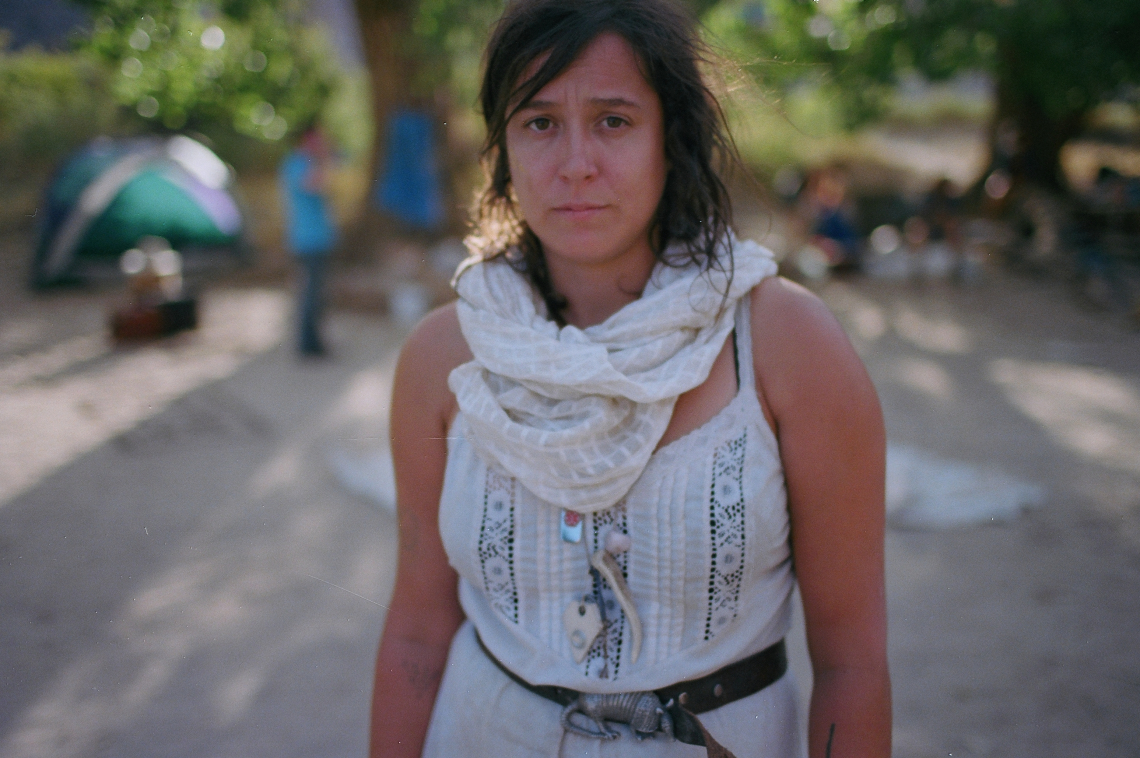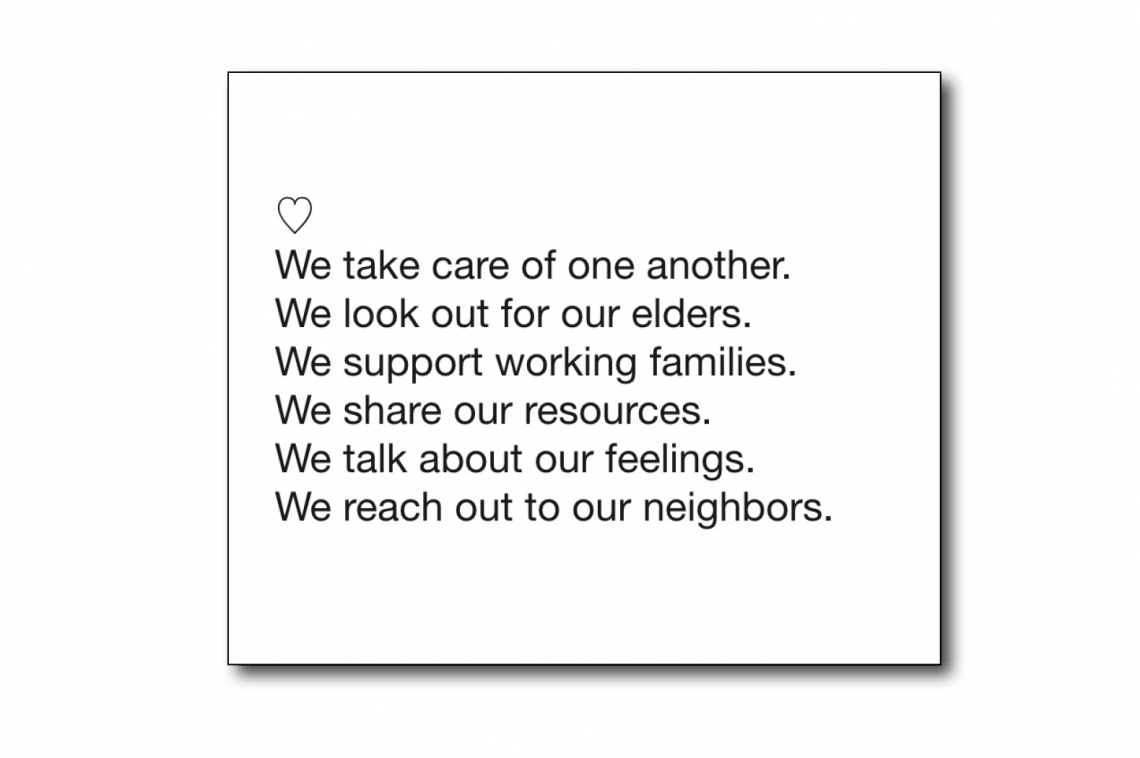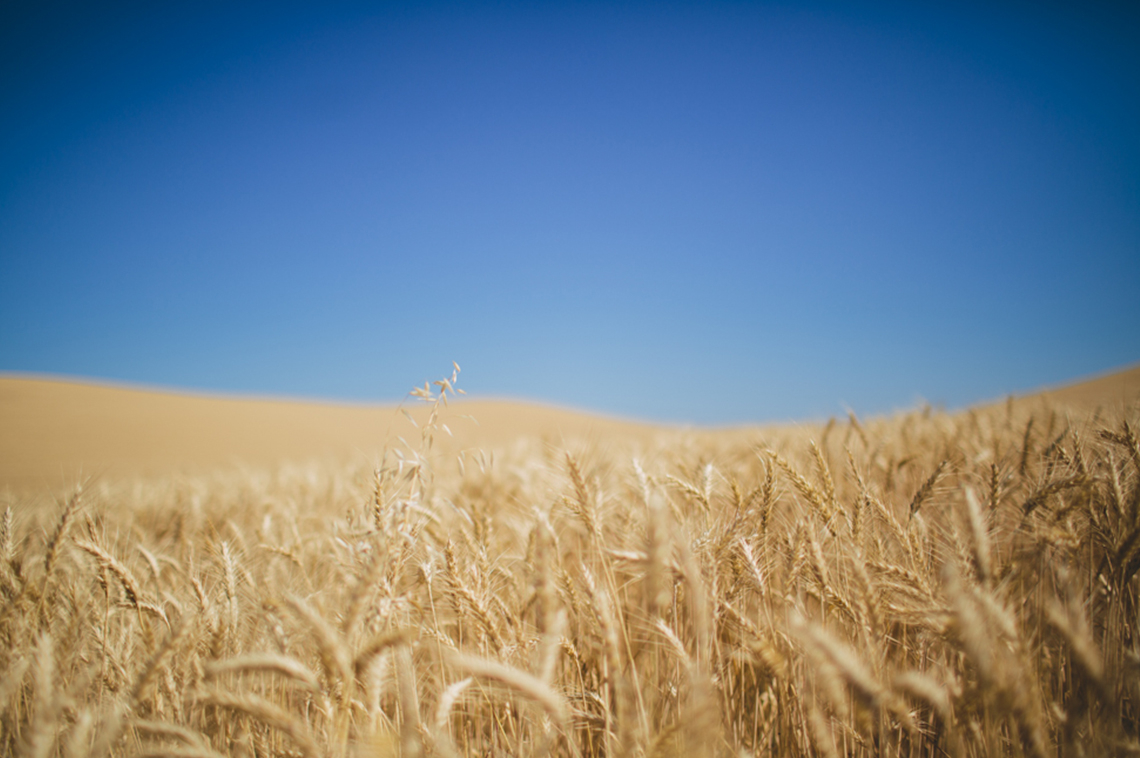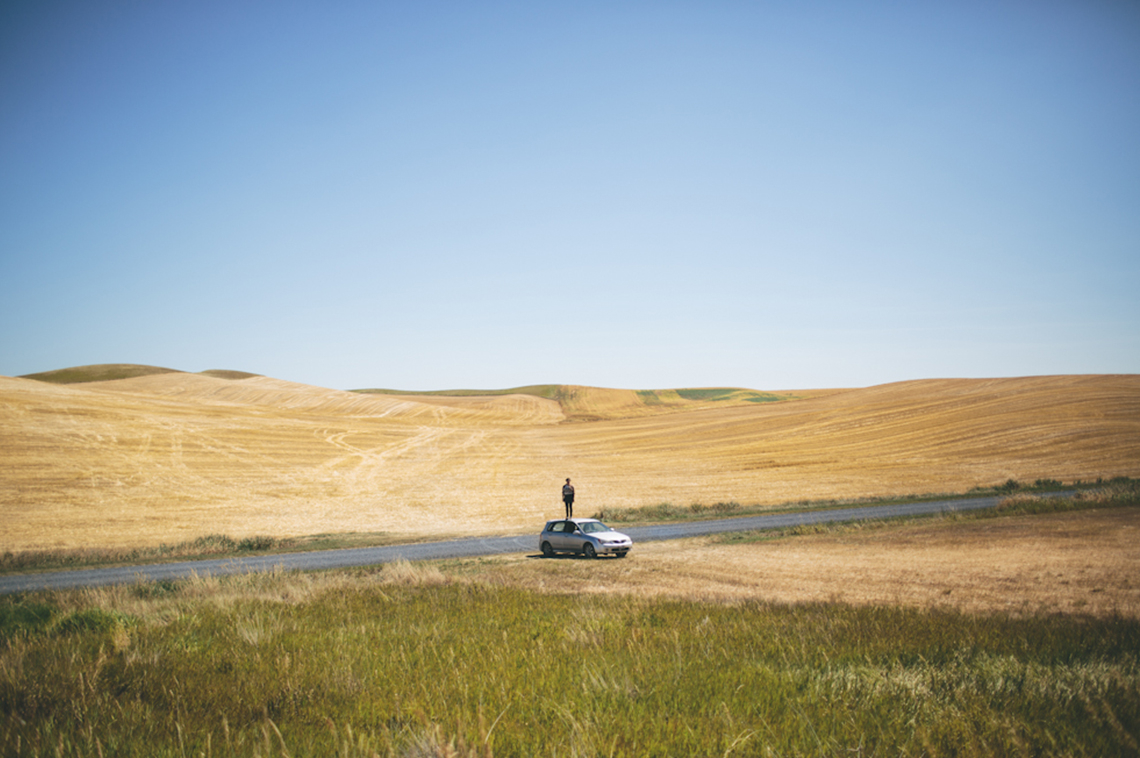



Today is day 40, home alone in quarantine. The number isn’t lost on me; I know all about walking through deserts, I know about the gods found on mountaintops, I know the lenten season came to it’s close and we’re allowed to say hallelujah again. I know about the practice during ancient plagues, of taking sick folks away from the city and out into the fields, leaving them there for forty days to see if they survive or die. Quarantina, italian shorthand for forty days. Experts say it’s how many mornings it takes to form a habit. It’s how many evenings it takes to quit drinking or start meditating. What is there that cannot be accomplished in forty long afternoons?
We are out in the fields. We are surviving or dying. It’s still too soon to say.
I belong to many places, but Palouse is the one I call home. We are a town of one-thousand people on the Idaho/Washington border, nestled in a dune-like sea of wheat, lentils, and garbanzos. Look it up on the internet. It really is that beautiful. I live here on purpose, because artists live everywhere. Artists work everywhere too, it’s just sometimes hard to see them.
Before the pandemic, I would schedule my time twelve-months in advance; my calendar was a jigsaw spent at home in Palouse and away working with rural communities across the country. I’m an artist, an activist, an organizer. I’m a neighbor first, all else follows. I’m a blue collar cultural worker and I build projects that help people and their places work better together. Sometimes it is a radio station, sometimes it is a library, a newspaper, a clubhouse, a singalong, a picnic, a dance party, a parade. These are the places where change can happen, the places where we come together.
We are out in the fields. We are surviving or dying. It’s still too soon to say.
When you are a working artist making do under the thumb of capitalism, all your jobs can vanish in a media smokescreen. You don’t get to spend too much time wallowing. There’s no system to catch you, no network of advocates, no bailouts, no sick leave, no retirement fund. The bottom falls out, and with it the paychecks, the funders, the commissions, the years of advanced plans. The only way out is through. The only way up is outreach. You have to carry your grief with you. Artists are nimble thinkers and I’m trying to surf this crisis like wave of wheat. Drop in, like the skaters say. Do the work, Mary, you have a lifetime of experience in not being paid.
The first avalanche was personal. The cascading disappointments and cancellations left me breathless. The second storm was place-based — if I am affected in these ways by a global shutdown, how then will this hurt my place? My places, my people, our planet. Art is the delicate and clever work of future-building when it is hard to imagine what the afternoon holds.
We are out in our feels. We are holding and with-holding. It has always been a balance.
I appreciate the new systems of consent that come with quarantine. As a rural, queer, femme, unpartnered person almost nowhere in the world feels safe to me. In some small way, the Q protects me. The entire planet is conscious of personal space and I catch a little break. When a community practices new rules of consent we build a different kind of freedom, a different kind of liberated movement. I can relax a little in the battle with predation, harassment, violence, hyper-vigilance. I know this is not true for everyone; for many others, it is worse now.
In a time where all the rules must be rewritten, it must be done by care workers and by culture workers. What story will our data tell? Language is an engine and it does not devour fossil fuels. This new world we inhabit is a constellation of concurrent virtual dimensions that are ever-expanding while our mobility contracts. We move within a shifting borderless reality where time is just another tool you experiment with, a daisy chain of maybes, our furtive fragile futures. The planet hops, skips, jumps. Fasts forward. Springs back. Hammers and dances. Where was I?
We are out in the fields.
Some farmers here are tilling, others are seeding, some are burning. We all wake up and hope for rain. The wheat is about as tall as my handspan this week. The forsythia bloomed. There are dust devils out on the hillsides and it looks like smoke. I hold my breath.
The post office becomes the community food shelf. Ardis at the grocery store spends her evenings sewing masks, using the profits to support our local food systems. I read every single thing on the slow internet and manage the Palouse Hotline, a lightweight website custom-built for the pandemic. In a town this size, the care is palpable, physical-feeling, ever-present. The very together-ness of this lonely time bowls me over. A neighbor leaves daffodils on my front stoop. The bar plays music loud enough for all downtown to hear. We catapult into the twenty-first century and I make a motion to adjourn the first ever virtual council meeting in the history of the city of Palouse. We gather together to play music like always, sloppy and hopeful but now a bit pixelated; it turns out old dogs can learn new tricks. Sarah and Paul call in on their landline and put the phone next to the piano while they sing. MM rings late at night and we talk about how to get food to folks through the summer. Palouse, a place where no one goes hungry. Palouse, a place that loves me back. Palouse, a promised land. Palouse Palouse, the city of possibilities. Together we are doing it.
We are out in the fields. We are either laughing or crying. It is really hard to tell.
We need campaigns of visibility, we need to teach each other how to see one another. We need to practice at looking further and looking farther. We can be both lighthouse and lightning rod for the places we care about.
The field today is a looking glass, a space for reflection, a way to see ourselves and others more clearly. We honor our places with patience and promise. We build a culture of care and criticality. We learn to be neighbors, no matter the miles.
We are out in the fields. We are surviving or dying. It’s still too soon to say.
My field is a slash pile, a prairie burn, a snow fence, a border town, a stretch of highway without cell phone service, a grain truck, a footbridge, a landline, and my neighbor’s front porch. The Q gives us a line of sight, a willingness to give and to grow, to share and stand up and sit six feet beside and rise up with.
We are out in the fields and we will bring home a strong harvest, a meal that feeds us each in turn.
. . .
Mary Welcome is a rural cultural worker quarantining at home in Palouse. As an artist-activist, her projects are rooted in community engagement and the development of intersectional programming to address hyper-local issues of equity, cultural advocacy, inclusivity, visibility, and imagination. She believes in long winters, optimists, parades, and talking about feelings. Save the economy, send more letters.
Support her work (venmo: @marywelcome) and learn more on her website. Full text of this essay can be found here.
We first got to know Mary when she collaborated with the Southwest Minnesota Housing Partnership as part of the CDI program, and then again when she was selected, with longtime collaborator Kelly Gregory, to serve as the country's first statewide artists-in-residence at the Washington State Department of Transportation. That program was created in partnership with Transportation for America as part of our transportation-sector research and field building work.





